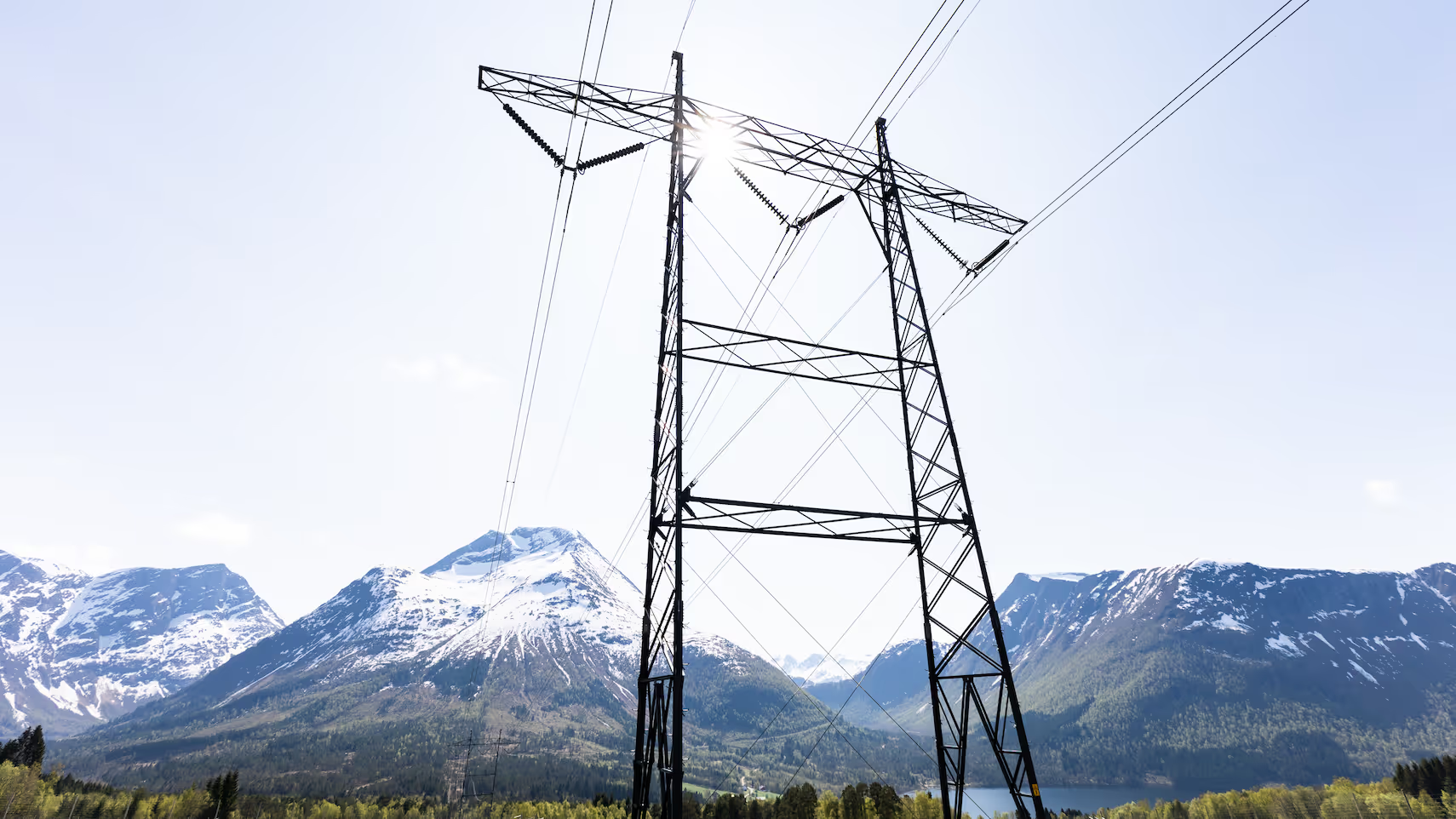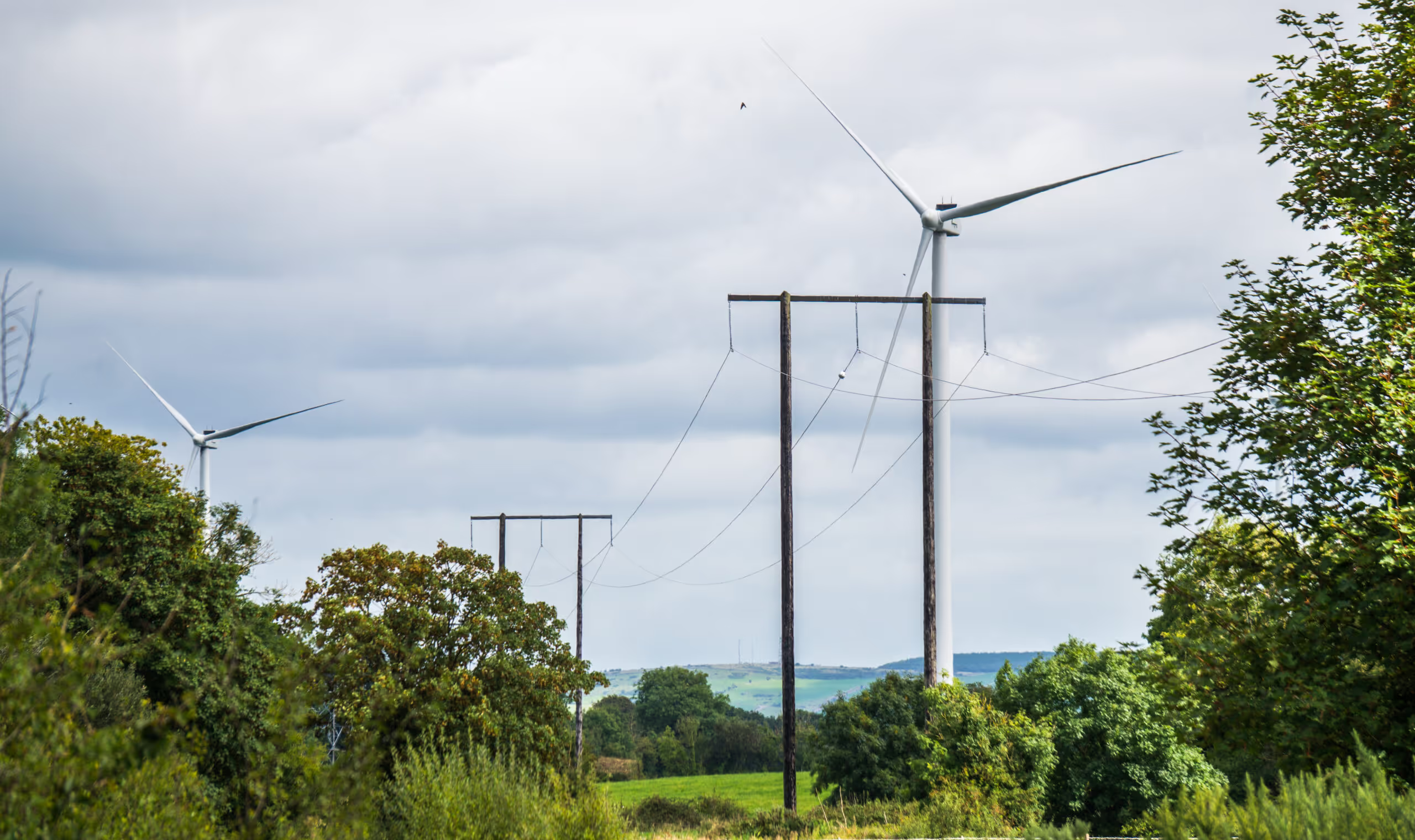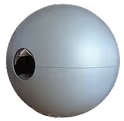Introduction
The energy sector is currently in an unprecedented state of rapid evolution. In the ongoing global electrification of society, regulatory bodies, such as the U.S. Federal Energy Regulatory Commission (FERC), play a pivotal role in shaping the trajectory. One of FERC’s important decisions in recent years is the FERC Order 881, which stands as a testament to this transformative journey.
This order, at its core, mandates the use of Ambient Adjusted Ratings (AAR) as a minimum requirement on all U.S. transmission lines, marking a significant shift from traditional rating methodologies. This article delves into the intricacies of this order, its broader implications, and the methodologies it promotes.
Understanding FERC Order 881
Approved on December 16, 2021, FERC Order 881 is a regulatory directive aimed at enhancing the accuracy and transparency of transmission line ratings. Historically, these ratings have been determined based on conservative, worst-case weather scenarios. While this approach ensured safety, it often led to the underutilization of the transmission grid.
With the incredible development of renewable energy in the U.S. in recent years, grid queues are now soaring across the country. Order 881 is a powerful measure towards reducing these queues in a fast and cost-effective way. Building new transmission grid typically takes 7-12 years and is very expensive, while AAR solutions can be implemented in minutes. Below you’ll find a list of the key aspects of FERC Order 881.
- Requiring AAR: By championing the use of Ambient Adjusted Ratings (AAR) as a baseline for all transmission lines, Order 881 mandates that U.S. utilities take concrete action to increase the utilization of their existing infrastructure. The implementation of at least AAR ensures a more accurate reflection of a line’s real-time capability, optimizing energy transmission across the grid.
- Hourly forecasts: Achieving better forecasting of available transmission capacity is another important part of Order 881. Therefore, it will be required that utilities implement a rolling 240 hour forecast based on AAR data. These AAR ratings need to be updated with hourly granularity.
- Transparency: Order No. 881 mandates public utility transmission owners to share line ratings and methodologies with their transmission providers and market monitors. Transmission providers are also required to maintain a secure database of these ratings and methodologies, enhancing overall transparency.
- Emergency Ratings: The Commission specifies that transmission providers must use uniquely determined emergency ratings, bolstering network reliability during unexpected events.
- Recognizing DLR: Additionally, the order recognizes the potential of Dynamic Line Ratings (DLR) for a more comprehensive assessment of transmission capacity. DLR is another way to reach FERC Order 881 compliance, something which we will get back to later in this article.
AAR vs. DLR – two routes to FERC Order 881 compliance
Ambient Adjusted Rating (AAR) rates the transmission capacity of overhead lines based on the ambient temperature, and potentially also additional factors.
Dynamic Line Rating (DLR) uses real-time sensor data to identify the line’s actual capacity in any given moment. Hence, their source and quality of input data is the biggest difference between Ambient Adjusted Rating and Dynamic Line Rating, where DLR has the superior accuracy. On the other hand, AAR implementation is normally less expensive and time consuming than what is the case for DLR.
Deploying sensors in the grid also comes with additional possibilities, including management of asset health, electrical fault detection & localization, ice detection and so on. The graph below shows the increased available transmission capacity seen from some of Heimdall Power’s deployments of AAR and DLR, utilizing our Physical Neuron & Virtual Neuron sensors.
The green area indicates where DLR provides additional available capacity compared to AAR, while the small orange area indicates that AAR sometimes will overestimate the line’s capacity. Static Line Rating, which has traditionally been used by utilities, is indicated by the black line, constant at 100%.

Broader Implications of FERC Order 881
Order 881 is not only affecting U.S. utilities, it is also impacting society in several positive ways. These are some of them:
- Efficiency and Sustainability: By mandating AAR and recognizing DLR, Order 881 promotes a more efficient and sustainable use of the transmission grid.
- Consumer Benefits: AAR and DLR add transmission capacity in a faster and more cost-effective way than building new transmission lines. Enhanced grid efficiency can lead to reduced transmission costs, potentially resulting in savings for end-users.
- Renewable Energy Integration: Modern rating methodologies ensure that renewable energy sources are integrated more efficiently, reducing waste and promoting the transition to green energy.

FERC Order 881 is likely to play an important role in enabling the addition of more renewable energy to the U.S. transmission grid.
Achieving Compliance
With FERC Order 881 setting a clear directive, U.S. utilities are now navigating the path to compliance before July 2025. This involves understanding the order and assessing current systems and needs. Further it is also important to think about possible future regulatory changes.
While there are multiple actors in the energy sector that offers guidance and solutions, the responsibility of achieving compliance rests with the individual utilities. Heimdall Power is here to help you achieve compliance in a fast, safe and cost-effective way.
Meeting FERC Order 881 with Heimdall Power
As we have explained, the deployment of Ambient Adjusted Rating and/or Dynamic Line rating is two of the ways U.S. utilities can meet the requirements of FERC Order 881. While implementing an AAR-solution is sufficient to achieve Order 881 compliance, sensor-based DLR is another path to compliance, that comes with additional identified grid capacity (and other benefits) compared to a standard AAR solution. At Heimdall Power we are a global leader in both AAR and DLR solutions. Through our Heimdall Cloud software, we provide the 10 day forecasting required for FERC Order 881 compliance.
However you choose to meet FERC Order 881 with Heimdall Power, we will deliver future-proof solutions that can grow and scale with your future needs.
Summing up
FERC Order 881 represents an important and promising step forward for the whole energy sector. By emphasizing modern transmission line rating methodologies and setting clear mandates, it aims to usher the transmission industry into an era of enhanced efficiency, sustainability, and consumer benefits.
Ambient Adjusted Rating is the minimum requirement to achieve Order 881 compliance, whereas DLR poses another path. Use the buttons below to learn more and take your first steps towards FERC Order 881 compliance today.



